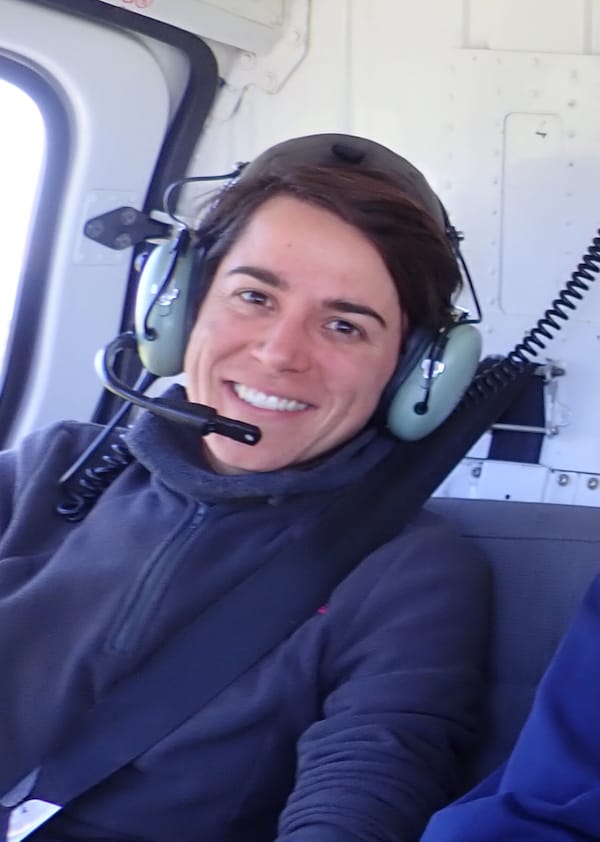
Ancient animal bones can tell a story according to French zooarcheologist Lauriane Bourgeon. Bourgeon spoke by Zoom to talk about her work at Bluefish Caves in the Northern Yukon. She is an expert in the study of animal remains and is trained to identify signs of humans, including fire signs, cut marks and fracture patterns. Bourgeon was recently working on the Kansas University Campus and traveled to Bluefish Caves as part of a research team. What the team found was what they believed to be an ice age hunting camp. The excavation produced bone remains of elk, deer, mammoth, wolf, bison and horse. A number of the bones bore scrape marks believed to be made by humans.
The bones were dated and found to be quite old, the oldest dating to 23,000 years ago. The work at Bluefish Caves is controversial as the archaeology community believed for many years that human presence in the Americas was dated to 12,000-13,000 years ago. No human remains were found at the site, perhaps because it was a temporary camp. It is hoped that the far north will yield other sites to study and to compare to the findings at Bluefish Caves. Bourgeon described the remoteness and difficulty of working at the site. The team traveled to the site by helicopter and had to deal with difficult supply and weather conditions. Bourgeon is hoping to return to the area to work on a newly discovered cave.